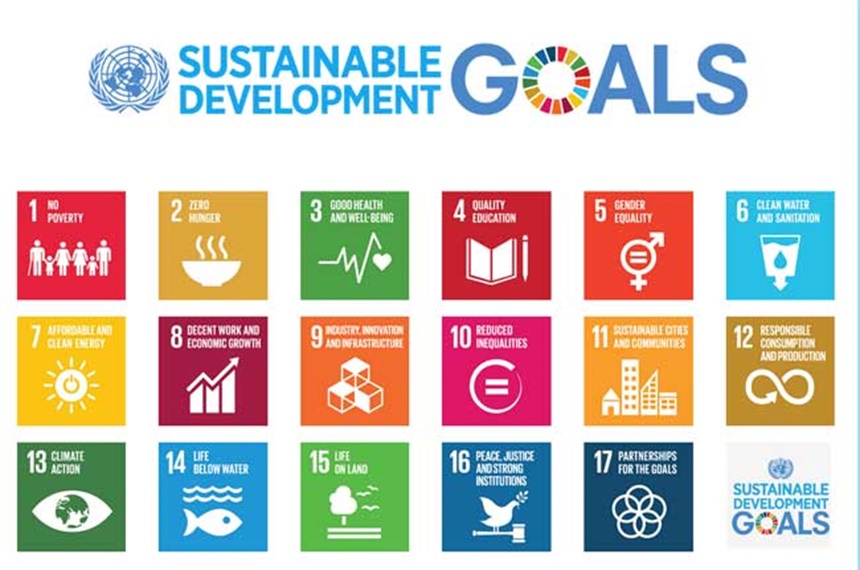
The SDGs, corporate strategy and corporate reporting
Following the adoption of the Sustainable Development Goals (SDGs) by Governments in late 2015 a number of companies have been thinking about how to incorporate them into their integrated reports and strategies.
The SDG Compass developed by the GRI, UNGC and WBCSD is full of (rather obvious) advice (“goal setting is critical to business success”, p5; “It is important to define the baseline for each goal”, p 18, etc). The document does not help reporters work out how to integrate SDG reporting with the UNGC principles or the GRI guidelines/standards:
“The SDGs enable companies to report information on sustainable development performance using common indicators and a shared set of priorities.” (p5)
So what did G4 do? And there’s the usual smattering of jargon and ‘tools’ (“The Logic Model”, which looks a bit like the Integrated Reporting business model with its outputs and outcomes; the “inside out approach”; the “outside in approach”; “mapping”, “compass”, etc)
The document doesn’t mention integrated reporting, but the language in it (“defining priorities”; “To seize the most important business opportunities… and reduce risks” (p 5) is much closer to the materiality language of integrated reporting than the accountability language of sustainability reporting.
I am pleased to reaffirm Solvay’s support for the ten principles of the UN Global Compact and for the 17 Sustainable Development Goals (SDGs), all of which align with our Group’s values and policies. Solvay is committed to continue to advance those principles within its sphere of influence by incorporating the UN Global Compact and its principles within its strategy, culture and day-to-day operations. Sustainability is at the heart of our vision. We want to be a role model for sustainable chemistry in the way we manufacture, do business and manage people, and by the product portfolio we offer to our customers. In this report, we describe how Solvay creates sustainable value shared with its stakeholders. A key aspect is to conciliate the various sustainability goals and the interests of our stakeholders.
Sources:
http://www.csreurope.org/sites/default/files/publications/Memorandum_to_the_European_Commission.pdf
https://www.reputationinstitute.com/thought-leadership/global-reptrak-100
http://www.csreurope.org/applications-open-5th-global-healthy-workplace-awards#.WMfMaPkrJhE
Author: Abis - The Academy of Business in Society

Follow us on